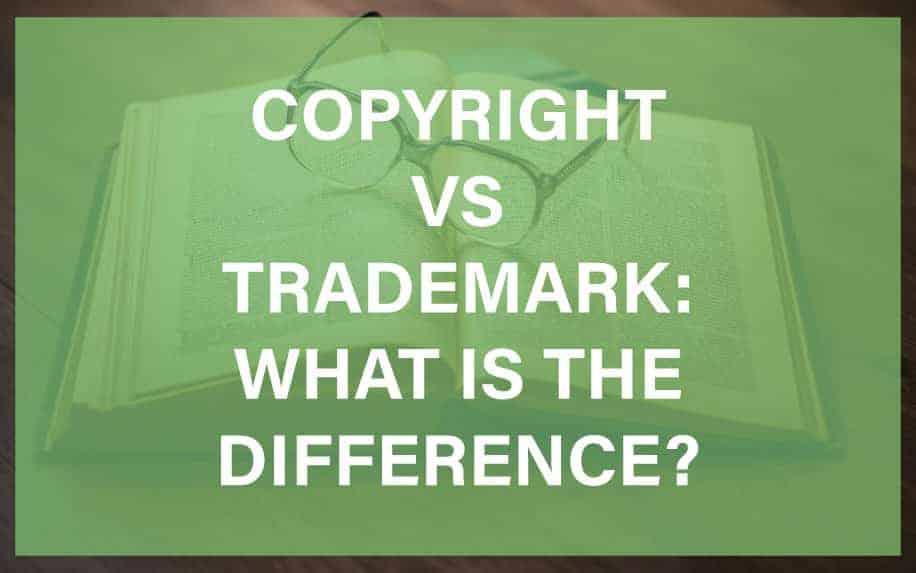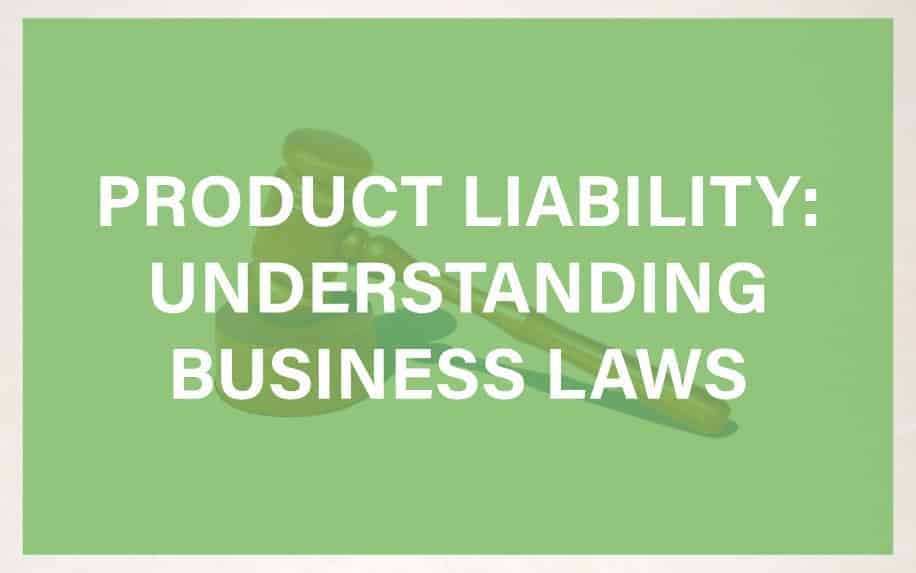How to Copyright Assets: A 5-Step Guide
Protecting your creative assets is now more crucial than ever. Whether you’re a graphic designer, writer, musician, or any other type of creator, ensuring that your work is legally safeguarded can prevent unauthorised use and potential financial loss. Copyright is a fundamental legal mechanism that grants creators exclusive rights to their original works, allowing them to control how their creations are used and distributed.
In this article, we’ll explore the essential steps to copyright your assets, including understanding what can be copyrighted, the process of registration, and how to enforce your rights effectively. By the end, you’ll have a clear roadmap to ensure that your valuable work remains secure and under your control.
Are you ready to go on this quick journey? Let’s crack on then!
What is Copyright Protection?
Copyright protection is a legal right that grants the creator of an original work exclusive rights to reproduce, distribute, adapt, perform, and display the work, usually for a limited time.
It’s important to note that copyright protects the expression of an idea, not the idea itself. This means that while you can’t copyright the idea of writing a novel about a talking animal, you can copyright the specific story, characters, and wording you use to tell that story. For example, J.K. Rowling holds the copyright to the Harry Potter books, but not to the concept of a wizard school itself. Scientific inventions are protected by patents, and company branding is safeguarded by trademarks, not copyright.
Examples of copyrightable works include:
- Literary works (books, poems, plays, etc.)
- Musical works and sound recordings
- Dramatic works
- Pictorial, graphic, and sculptural works
- Motion pictures and audiovisual works
- Architectural works
- Computer software
In this context, copyright owners hold exclusive rights to reproduce their work, create derivative works based on the original, distribute copies of the work, perform it publicly, and display it publicly. Copyright typically lasts for the author’s lifetime plus 70 years, offering long-term protection for your intellectual property.
How to Copyright and Register Content
Registering your work for copyright protection may seem daunting, but it’s a straightforward process once you understand the necessary steps. Here’s a step-by-step guide to help you navigate the registration process:
1. Determine Eligibility
Before you begin, confirm that your work is eligible for copyright protection. Generally, copyright applies to original literary, dramatic, musical, and artistic works fixed in a tangible form, such as books, articles, songs, videos, and images. Ideas themselves cannot be copyrighted—only their specific expressions can be.
2. Prepare Your Work
Ensure your work is complete and fixed in a tangible form. This means it should be recorded or written down in a way that others can perceive it. Keep thorough records of the creation process, including drafts, notes, and any relevant correspondence, as these may be useful in establishing your ownership.
3. Complete the Application
To register your copyright, you need to fill out the appropriate application form. This can often be done online through your country’s copyright office website. You will need to provide:
- The title of the work.
- A description of the work.
- The name of the author(s).
- The year of creation.
- A copy or phonorecord of the work.
In the U.S., for example, you can use the U.S. Copyright Office’s online registration system or submit a paper application.
4. Pay the Fee
Registration involves a fee, which varies depending on the method of registration and the type of work. In the U.S., the fee is $45 for online applications and $65 for paper applications. Check the specific fees for your country and method of registration.
5. Submit Your Work
Attach a copy of your work to the application. This copy will be used for archival purposes and is not returned. Ensure it meets the format requirements set by the copyright office. For online submissions, you will upload the work directly; for paper applications, you will mail a physical copy.
6. Receive Your Certificate
After processing, which can take several months, you will receive a certificate of registration. This document serves as official proof of your copyright and includes details such as the registration date and number. In the U.S., you can expect to receive your certificate within 4-7 months for paper applications or 2-3 months for online submissions.
7. Maintain Records
Keep a copy of your registration certificate and all related documentation in a safe place. This will be important if you need to enforce your rights or prove ownership.
Additional Tips
Registering your copyright early can be highly advantageous. It not only bolsters your legal position in the event of infringement but also may make you eligible for statutory damages and attorney’s fees, should you need to take legal action. Early registration helps establish your ownership clearly and provides stronger legal backing if disputes arise.
If your work is likely to be used internationally, consider registering it in relevant countries or under international treaties like the Berne Convention to ensure global protection. Additionally, for complex works or specific concerns, seeking advice from an intellectual property attorney can offer tailored guidance and ensure comprehensive protection for your creative assets.
How to Copyright Internationally
Protecting your creative work on a global scale requires understanding how copyright laws apply across different countries. To navigate international copyright protection, you first need to understand the Berne Convention.
The Berne Convention for the Protection of Literary and Artistic Works is a key international treaty that facilitates copyright protection across member countries. This treaty ensures that works protected by copyright in one member country are automatically protected in all other member countries without needing separate registration. Understanding whether the countries of interest are part of the Berne Convention is crucial for international protection.
While the Berne Convention provides automatic protection, registering your work in individual countries can still offer additional benefits, such as easier enforcement of rights and clearer legal standing. Research the copyright registration process in each country where you anticipate your work will be used or where you want additional protection. Each country may have its own registration requirements and procedures.
3. Use Online Registration Systems
Many countries offer online copyright registration services, which can simplify the process of registering your work internationally. These systems allow you to submit your work and manage your registrations efficiently from anywhere in the world. Ensure you follow the specific guidelines and format requirements of each country’s system.
4. Consider Global Copyright Services
For a streamlined approach, consider using global copyright services or agencies that specialize in international registration. These services can assist with filing in multiple countries and ensure that your work is protected across various jurisdictions.
5. Consult Legal Professionals
International copyright law can be complex, so consulting with an intellectual property attorney experienced in international matters can be highly beneficial. They can provide guidance on the best strategies for protecting your work globally, advise on specific registration requirements, and help you navigate any legal challenges that arise.
By following these steps, you can effectively protect your creative work around the world, ensuring that your intellectual property rights are upheld no matter where your work is used or distributed.
FAQs
1. Is my work protected internationally?
U.S. copyright law applies only within the United States. For global protection, separate registration is needed in each country or through international treaties like the Berne Convention.
2. How much does it cost to copyright something?
The basic registration fee is $45 for online applications or $65 for paper applications.
3. What does copyright protect?
Copyright protects original literary, artistic, musical, or dramatic expressions, such as books, songs, films, paintings, and photos.
4. Do I have to register my copyright?
No, copyright protection is automatic upon creation, but registration provides important legal benefits.
5. How long does copyright protection last?
For works created after 1978, copyright lasts for the author’s life plus 70 years. For anonymous works, it lasts 95 years from publication or 120 years from creation.
6. Can I copyright clothing or fashion designs?
Yes, clothing and fabric designs can be protected as “pictorial, graphic, and sculptural works.”





